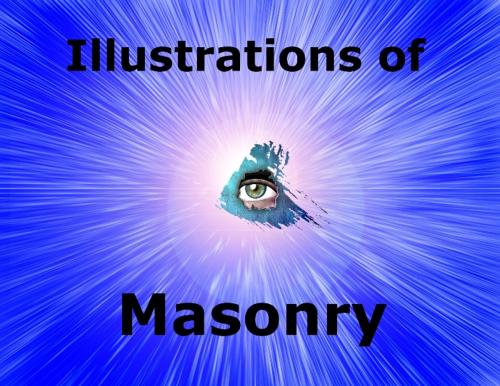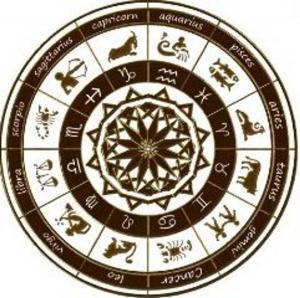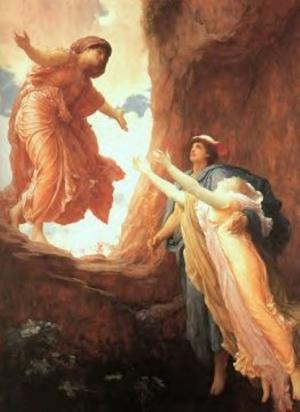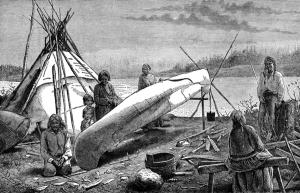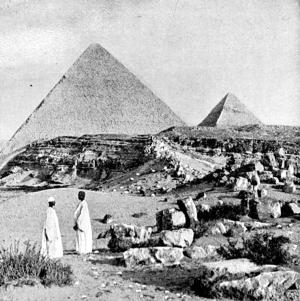Illustrations of Masonry: Illustrated!
Nonfiction, Religion & Spirituality, Occult, Occultism, New Age, Christianity, Christian Life| Author: | Captian W. M. Morgan | ISBN: | 9781613920602 |
| Publisher: | Body and Soul Publications | Publication: | March 19, 2013 |
| Imprint: | Language: | English |
| Author: | Captian W. M. Morgan |
| ISBN: | 9781613920602 |
| Publisher: | Body and Soul Publications |
| Publication: | March 19, 2013 |
| Imprint: | |
| Language: | English |
With added pictures and illustrations!
In the present enlightened state to which society has advanced, we contend that the opinions and tenets and pretended secrecies of "olden times," handed down to us, should be fully, fairly and freely canvassed; that from the mist and darkness which have hung over them, they should come out before the open light of day, and be subject to the rigid test of candid investigation.
We now aver, in defiance of whatever may be said to the contrary—no matter by whom, how exalted his rank—that this book is what it pretends to be; that it is a master key to the secrets of Masonry; that in the pages before him, the man of candor and inquiry can judge for himself, and then a proper judgment will be formed of our intention. – From the Introduction
This book has a controversial backstory which is part of the mythology of anti-Freemasonry. 'Captain' William Morgan, the author, was a disappointed Freemason in Batavia, New York. Rejected by the local lodge, he announced that he was going to publish a work exposing Masonic rituals and secrets. Shortly before publication in 1826, he disappeared, and three Masons were later convicted of kidnapping him. Although claims were made that Morgan had been murdered, some say that he was forced to leave the US. Either way, it was good publicity for this book, which was published in 1827, but bad for the Masons. The incident led to widespread protests against Freemasons in the US, and eventually an anti-Masonic Party, which at its height in 1832 got seven electoral votes for William Wirt for President.
So why read this book? Stripped of the fevered historical background, and ignoring the publisher's antimasonic introduction, this becomes simply one of the first published accounts of US Freemasonry in the early 19th century. It seems accurate, based on other published Monitors, such as Ducan's. At this perspective, Illustrations is no more offensive than Robert's Rules of Order, although it makes more interesting reading. --J.B. Hare
*** For more titles like this one, type into the search field: Body and Soul Publications ***
With added pictures and illustrations!
In the present enlightened state to which society has advanced, we contend that the opinions and tenets and pretended secrecies of "olden times," handed down to us, should be fully, fairly and freely canvassed; that from the mist and darkness which have hung over them, they should come out before the open light of day, and be subject to the rigid test of candid investigation.
We now aver, in defiance of whatever may be said to the contrary—no matter by whom, how exalted his rank—that this book is what it pretends to be; that it is a master key to the secrets of Masonry; that in the pages before him, the man of candor and inquiry can judge for himself, and then a proper judgment will be formed of our intention. – From the Introduction
This book has a controversial backstory which is part of the mythology of anti-Freemasonry. 'Captain' William Morgan, the author, was a disappointed Freemason in Batavia, New York. Rejected by the local lodge, he announced that he was going to publish a work exposing Masonic rituals and secrets. Shortly before publication in 1826, he disappeared, and three Masons were later convicted of kidnapping him. Although claims were made that Morgan had been murdered, some say that he was forced to leave the US. Either way, it was good publicity for this book, which was published in 1827, but bad for the Masons. The incident led to widespread protests against Freemasons in the US, and eventually an anti-Masonic Party, which at its height in 1832 got seven electoral votes for William Wirt for President.
So why read this book? Stripped of the fevered historical background, and ignoring the publisher's antimasonic introduction, this becomes simply one of the first published accounts of US Freemasonry in the early 19th century. It seems accurate, based on other published Monitors, such as Ducan's. At this perspective, Illustrations is no more offensive than Robert's Rules of Order, although it makes more interesting reading. --J.B. Hare
*** For more titles like this one, type into the search field: Body and Soul Publications ***
